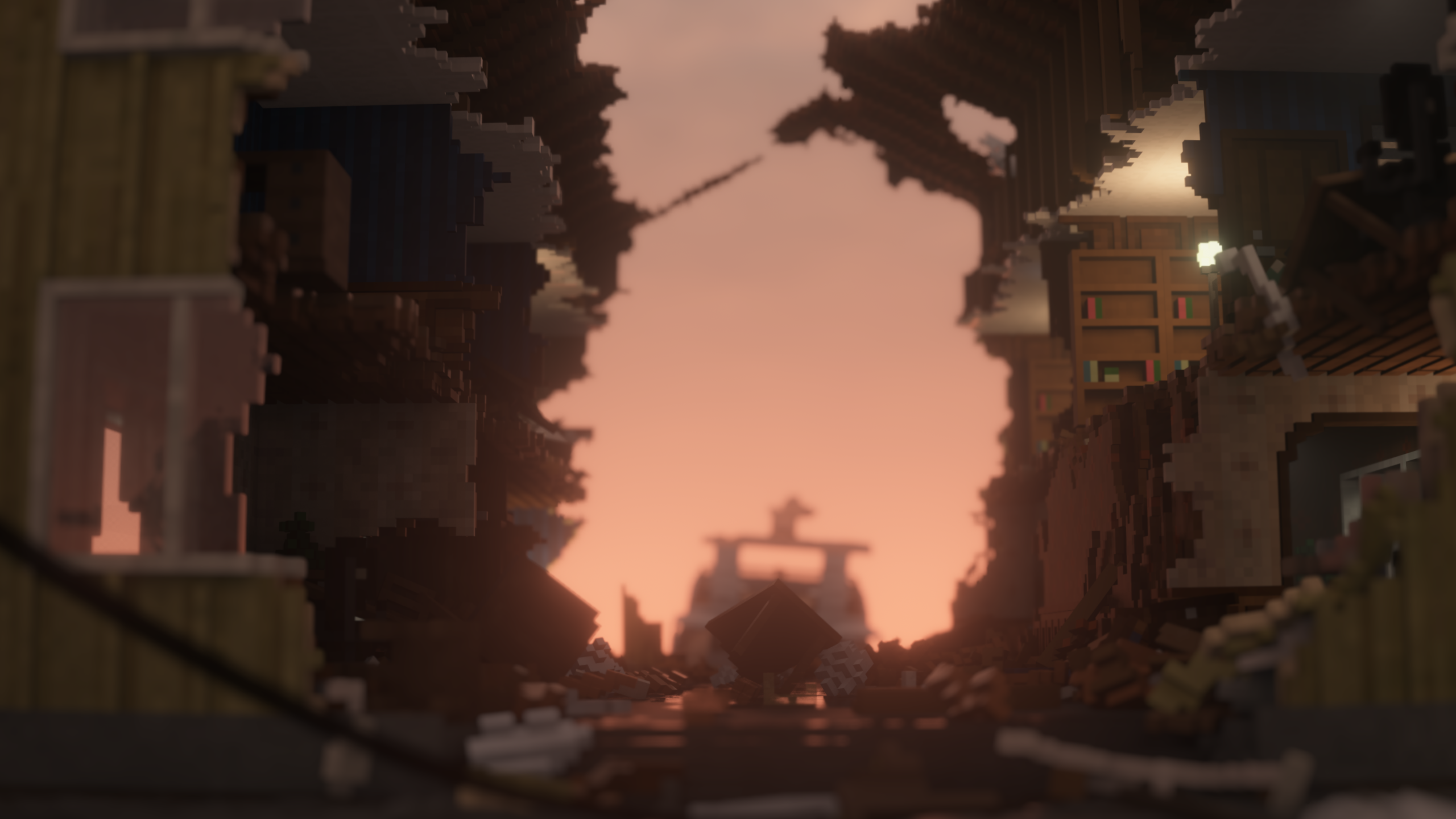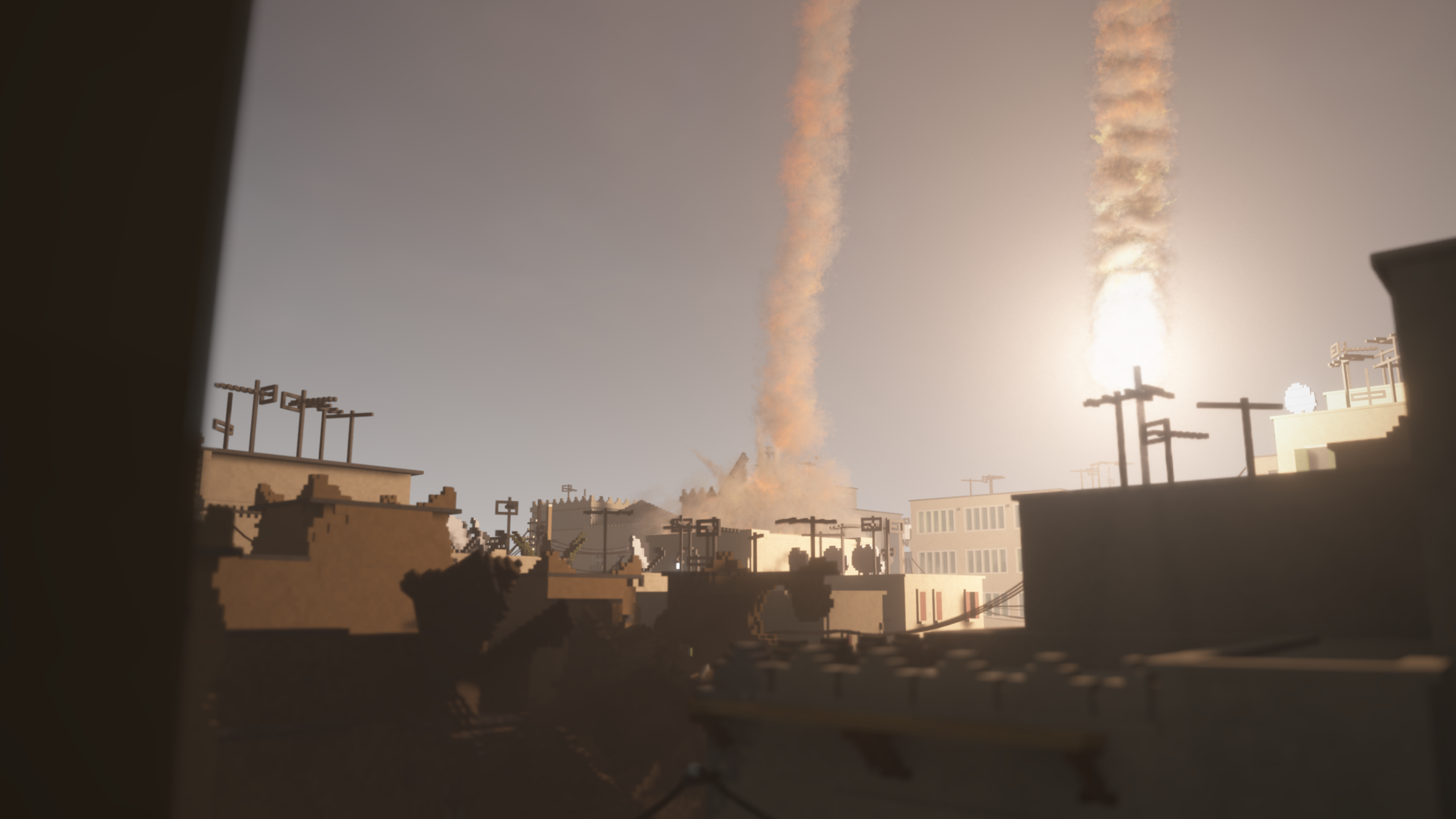There's nothing quite like tearing things down in Teardown
Smash and grab.

Remember the first time you brought a house down in Red Faction: Guerrilla? It felt like the start of something new. The beginning of an era of games that would be more tangible, more physical, and more breakable than ever before. Of course, that didn't happen. Games largely focussed on making static scenes look even shinier with sharper textures and ray-traced lighting. But thanks to a small Swedish developer, we have a window into that delightfully destructive alternate world – and believe me when I say Teardown's window shatters very nicely indeed.
At its core, Teardown is a game of heists. Each new mission gives you a series of computers to steal, safes to nick, or cars to plunge into the ocean, challenging you to use a limited toolset to carve out a path towards the perfect crime. Don't get me wrong, it's a fun wee challenge – but it's not why I've opened up Teardown almost every day for the past year.
I'm playing Teardown every day because smashing things up never gets old. Teardown might be a voxel game, but Tuxedo Labs has taken great care to build its sandbox levels with true-to-life materials. Smashing a wall with a sledgehammer will crumble plaster while leaving tougher brickwork exposed.

It is the closest (and safest) means games have come to the experience of grabbing a hammer and going to town on a run-down construction site. But that faithfulness to life isn't just met by the materials. See, Teardown may be the best (and only) convincing argument I've seen for ray tracing. With every last voxel at risk of being tossed around the map, baked lighting wouldn't cut it – and while Teardown's own ray tracing solution isn't as taxing or as accurate as RTX, it manages to perfectly paint your rubble with accurate lighting.
There's a phenomenal feeling that comes with seeing the light bounce through the hole you just shotgunned out of a shack roof. Tear the roof off a house in a storm and the furniture inside will become soaked, reflections dappled against their now-slick surfaces. Teardown may use voxels, but it uses them to create something utterly gorgeous.
Knock 'em down
That, alone, would be enough to keep me sticking around. Tuxedo Labs itself has done a good enough job adding new maps to tear apart, letting you cut about a riverside village and urban shopping mall with abandon. But over the past year, mod support has completely transformed Teardown from a fun curiosity into a worthy successor to the king of physics sandboxes, Garry's Mod.

Teardown's basic destruction can be enhanced. Feel like fires are going out too soon? Download a mod to keep the flames burning as long as possible. And while Teardown doesn't track structural integrity (buildings will remain ‘floating' if even one voxel is connected to the ground), there are mods to fake this by having explosions cause chain reactions of shockwave damage. This is best seen on miniature city maps, where one tower collapse can bring an entire neighbourhood to rubble.
The biggest gaming news, reviews and hardware deals
Keep up to date with the most important stories and the best deals, as picked by the PC Gamer team.
In recent months, we've also seen mods that add completely new and bizarre modes of play to Teardown. My favourite is Basilisco, a terrifying killer robot snake that floats through the skies with a piercing red spotlight. Evading this beast on a rain-soaked night map turns Teardown into something akin to a survival horror game. You'll hear a ghastly shriek and turn to find what was once an apartment block is now a pile of bricks.
Tuxedo Labs has even been teasing ‘Part 2' of Teardown lately – adding more physics toys like ropes and thrusters, along with some truly horrific AI robots to stalk you through a map. I'm not just excited about how these will offer more opportunities to break apart the base game – I'm thrilled to see what the community will do to build on and expand these tools.
Dropping into the Steam Workshop to see what's new in Teardown has become a fun routine. It feels like popping down the shops, only instead of planning a new recipe for dinner I'm outlining what I want to smash up this week. Either way, something's getting ruined.

20 years ago, Nat played Jet Set Radio Future for the first time, and she's not stopped thinking about games since. Joining PC Gamer in 2020, she comes from three years of freelance reporting at Rock Paper Shotgun, Waypoint, VG247 and more. Embedded in the European indie scene and a part-time game developer herself, Nat is always looking for a new curiosity to scream about—whether it's the next best indie darling, or simply someone modding a Scotmid into Black Mesa. She also unofficially appears in Apex Legends under the pseudonym Horizon.

